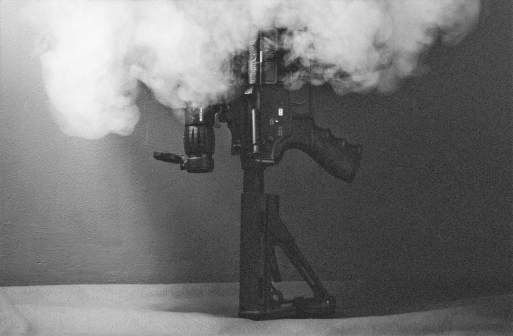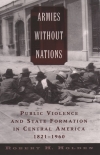
More than twenty years after the official ending of the internal armed conflict, Guatemala is still far from reaching peace. Gangs, drug cartels, among other organized crime agents, are keeping alive in more or less structured ways what the historian Robert H. Holden calls “public violence.” Those groups appeared in the country during the last three decades, as a result of an irregular transition during the peace agreements between the government and the guerrillas until 1996. Some of those are, directly or indirectly, older. What all of them have in common are several historical roots and precedents that can go to the armed conflict (1960-1996) and its institutional, political, social, and public order consequences, the transition to civil governments in 1986, the revolution in the mid-twentieth century, and even the first century of the independent country in its republican adventure or the colonial times. However, even though the historical review can be divided into periods, it also involves continuous phenomena, like inequality and poverty, not assumed multi-ethnicity, caudillo’s and army’s roles, weak institutions, unequal land distribution, changing relations with the United States, or the regional context. Those phenomena, and their relationships with the characteristics of each stage help to approximate to what happened then, and therefore, to understand with historical perspective what happens nowadays.








